SingaporeMotherhood | Parenting
October 2017
5 Worry-proof Remedies for Postpartum Hair Loss
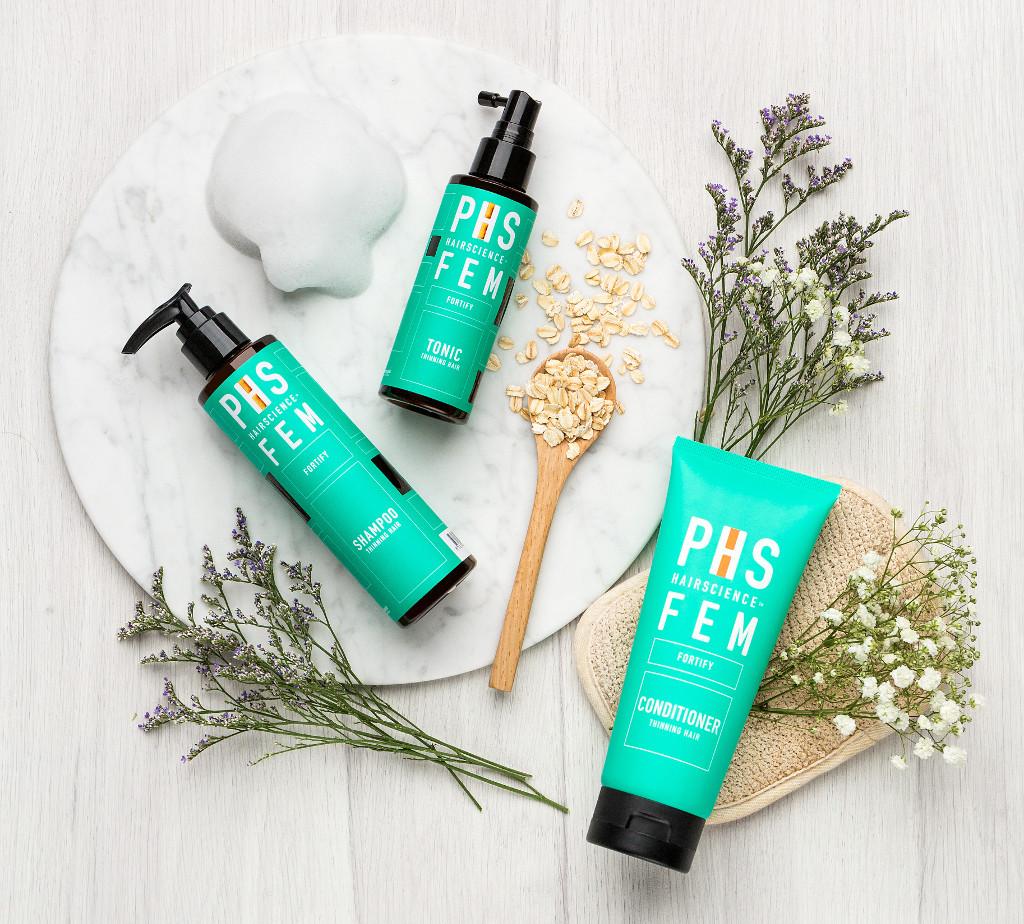
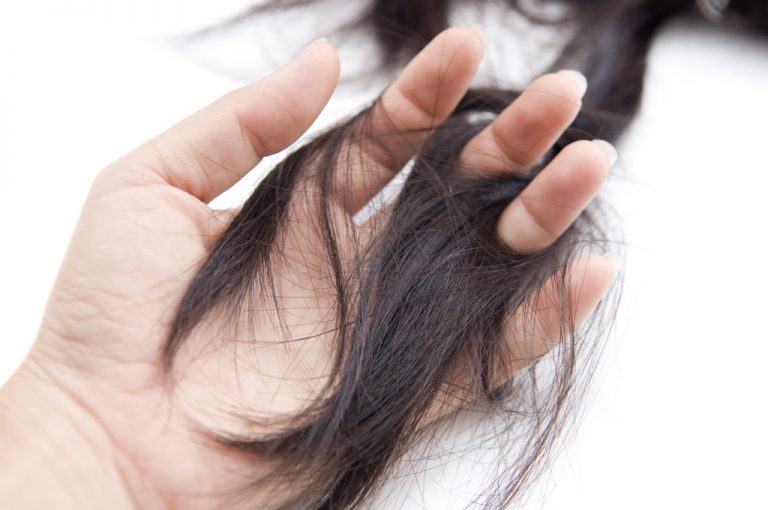
You’re basking in the glow of being a new mum and things are going great. Until you suddenly notice hair loss − extra strands of hair on your pillow and bald spots around your hairline. You begin to panic – are you going bald?!
During pregnancy, an elevated estrogen level prolongs the growing stage of your hair. There are fewer hairs in the resting stage and fewer falling out each day, so you may have thicker, more luxuriant tresses.
[banner][/banner]
After you give birth, however, your estrogen level drops, and a lot more hair follicles enter the resting stage. Postpartum hair loss usually happens about two to four months after giving birth and you may lose anywhere from 100 to 400 hairs per day! The bad news is that more than half of new mummies will see some form of postpartum hair loss. However, the good news is that even without medical intervention your hair should be back to normal within six to 12 months. (Do consult a doctor if hair loss persists beyond this period, as underlying medical conditions such as iron deficiency or thyroid issues may be at play.)
Still, there are things you can do – or don’t – in the meantime to minimise hair loss, and you can practise these hair health tips long before baby comes along.
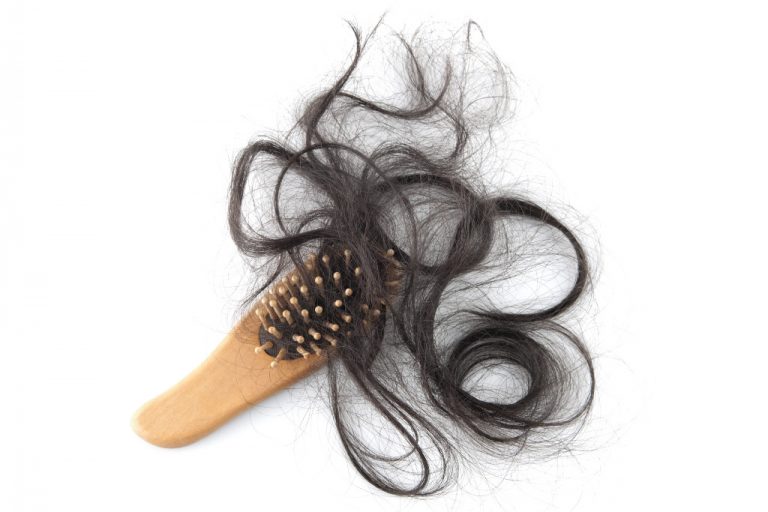
1. Improve Your Diet
A balanced diet rich in proteins, vitamins, minerals and omega-3 fatty acids is key to preventing hair loss. Make sure that you eat your greens like asparagus, carrots, celery, cabbage, watercress and citrus fruits that are rich in minerals and vitamins. Eggs, dairy products, chicken and lean meat are good sources of proteins, while walnuts and fatty fish like salmon are high in omega-3 fatty acids. Dried fruits and whole grains offer plenty of iron too. Oh, and don’t forget water – hydration is necessary for maintaining a healthy scalp and shiny hair.
2. Avoid Harsh Chemicals
We all want tresses like our favourite K-pop stars. However, many of the chemical and heat processes involved can take a toll on your hair and scalp, leading to weak and fragile locks. Achieving perfectly straight hair, for instance, will require either hair relaxing or rebonding. Both use different chemicals to break down the structure of hair, and the latter follows the chemical treatment with hot flat irons. Other potentially damaging popular chemical treatments are perming, bleaching and colouring the hair.
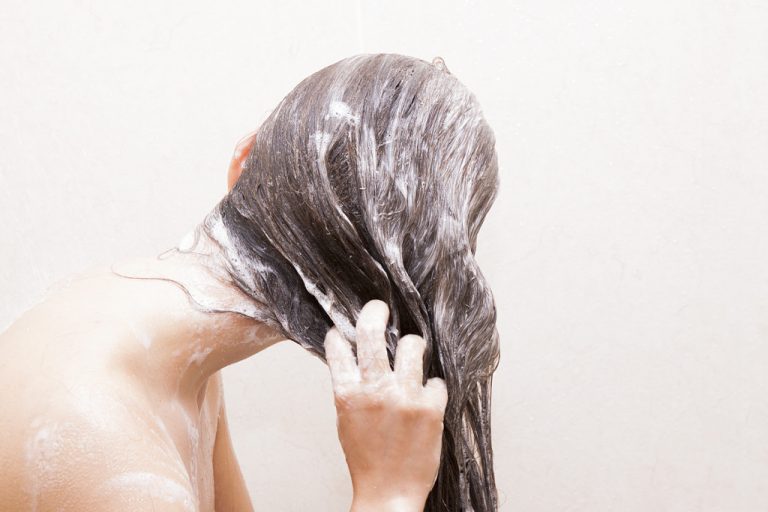
3. Practise Healthy Hair and Scalp Care
Sometimes the simplest habits can lead to harmful results. Hair is more fragile when it’s wet, so avoid rubbing the hair vigorously with a towel – just pat it dry instead. Also, don’t attack wet hair with a brush; gently loosen tangles with a wide-toothed comb. If you need to blow-dry, use the lowest heat setting, and never follow up with other hot tools like flat irons or crimpers. Avoid applying excessive tension when tying or braiding your hair, as this can uproot hair and cause breakage.
4. Try Natural Ingredients
For those who don’t mind getting their hands messy, you can try these simple DIY remedies at home. Work a small amount of natural oil into scalp and hair ends, leave on for 30 minutes, shampoo as usual. Experiment with almond, argan, coconut and olive oils to see which works best for you. A good scalp massage also increases blood circulation and promotes hair growth.
5. Choose Your Hair Care Products Carefully
In Singapore’s hot and humid weather, many of us can’t help but wash our hair daily. It’s important to use a mild shampoo that doesn’t dry out the scalp. It may seem counterintuitive, but a drying shampoo can make oil glands go into overdrive, leading to an itchy scalp and greasy hair! Also, just like when grocery shopping, look closely at the ingredient list in your hair products. Avoid harmful parabens, alcohols, sulphates, benzophenones, mineral oils, artificial fragrance and colour.
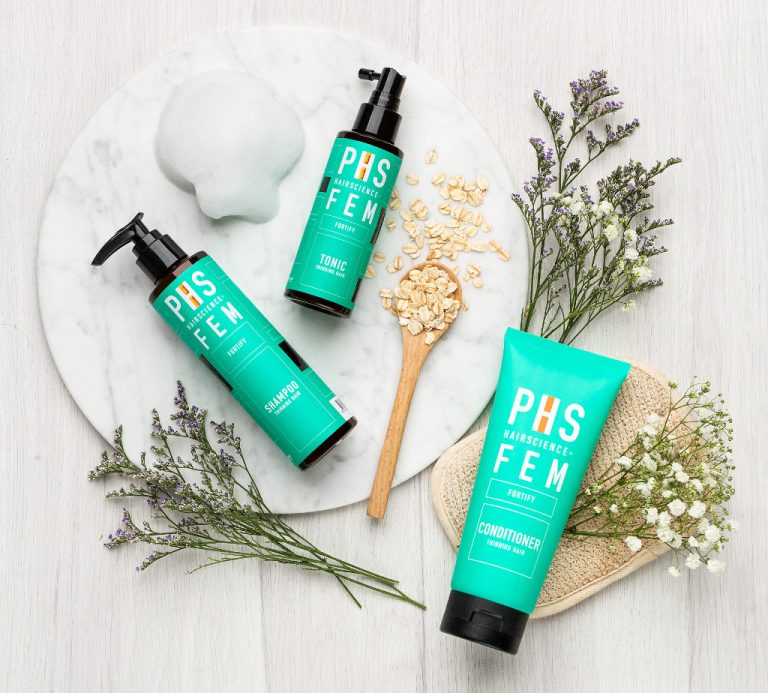
Review: What We Think of the PHS HAIRSCIENCE® FEM Fortify Range
I remember reading about postpartum hair loss while pregnant and thinking “how bad can it get?” Two weeks after giving birth the horror started. Every time I washed my hair clumps off it would clog up the drain. I spent more time in the shower picking strands of hair off my body than getting clean. It took months for the hair loss to slow down and stop. By then I’d given up and chopped off my shoulder-length locks into a short crop. At least the hair loss wouldn’t be so obvious.
I wish I’d known about the PHS HAIRSCIENCE® FEM Fortify Range at that time. This award-winning hair and scalp care range (specially created for women, by the way) promotes scalp health and treats hair loss by fortifying the hair bulb and stimulating metabolism for healthy hair growth. It’s said to address symptoms caused by stress, hormonal changes and environmental factors – postpartum hair loss definitely fits!
In addition, the range is trichologist-formulated so you know you’re getting expert help in a bottle. So if you’re too busy taking care of a newborn to go to the salon for a treatment, you can bring the salon to your bathroom with the FEM Fortify range. Finally, the high-quality ingredients used – powerful botanical extracts, high essence concentration, and stem cell technology for healing – ensure that every drop brings maximum benefits. In a nutshell, you’re definitely getting bang(s) for your buck.
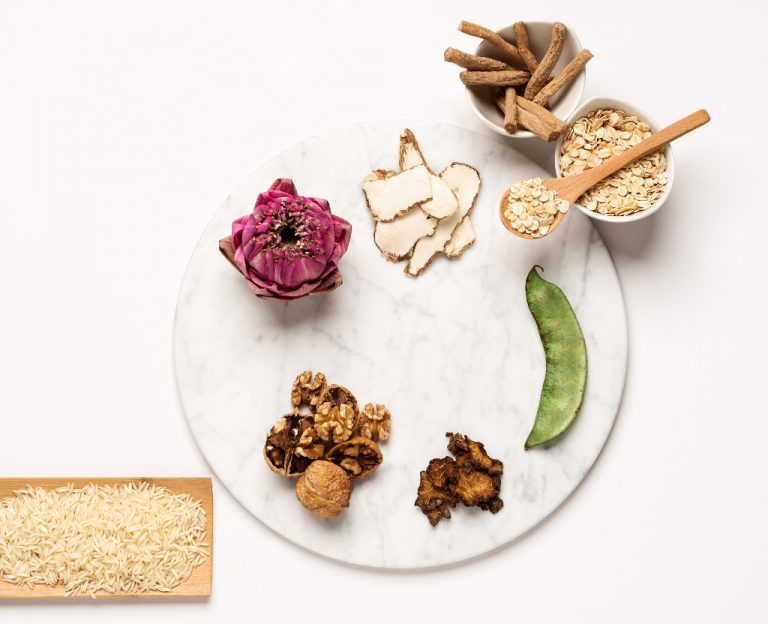
I tried the range thrice this week and while this is probably insufficient to see major follicular improvement, I’ve noticed slight changes in my not-so crowning glory. Firstly, my scalp feels thoroughly cleansed after using the shampoo (I used two pumps). You know how light and clear your face feels after a facial? That’s what it felt like on my scalp after using the FEM Fortify shampoo, almost as if my scalp could breathe. My fringe appeared fuller and thicker when dry – thanks to the shampoo’s ability to increase visible hair density.
The FEM Fortify Conditioner contains botanical essences to nourish and moisturise hair to prevent hair breakage. It comes in a handy squeeze tube so you can control the amount used. Unfortunately, my frizzy mane remained stubbornly kinked despite the extra squeeze of conditioner I gave it on the second and third washes.
The third and final step in the system is the FEM Fortify Tonic. Sprayed and massaged into the scalp before going to bed, it promises to neutralise free radicals and strengthen the hair bulb, thus promoting healthy hair growth. This had a pleasant citrusy scent, and left my scalp feeling nice and cool.
While it’s still too early to confirm how well the PHS HAIRSCIENCE® FEM Fortify Range works, I’m encouraged by this week’s experiences with it. Experts say it’s best to prepare for postpartum hair loss while pregnant, so if you’re a mum-to-be, remember to include the PHS HAIRSCIENCE® FEM Fortify Range on your prenatal shopping list. It could help keep your crowning glory in glorious shape post-delivery and beyond.
Watch this testimonial from model and singer Gina Tan:
To enjoy 15% off all products in the FEM Fortify range, head over to the PHS HAIRSCIENCE® E-store now. Simply check out with promo code* “SGMOTHERHOOD” to qualify!
*Valid till 31 January 2018
#PHSHairscience #PHSFem #PHSHairGoals
This post is brought to you in collaboration with PHS HAIRSCIENCE®
All content from this article, including images, cannot be reproduced without credits or written permission from SingaporeMotherhood.
Follow us on Facebook, Instagram, and Telegram for the latest article and promotion updates.





